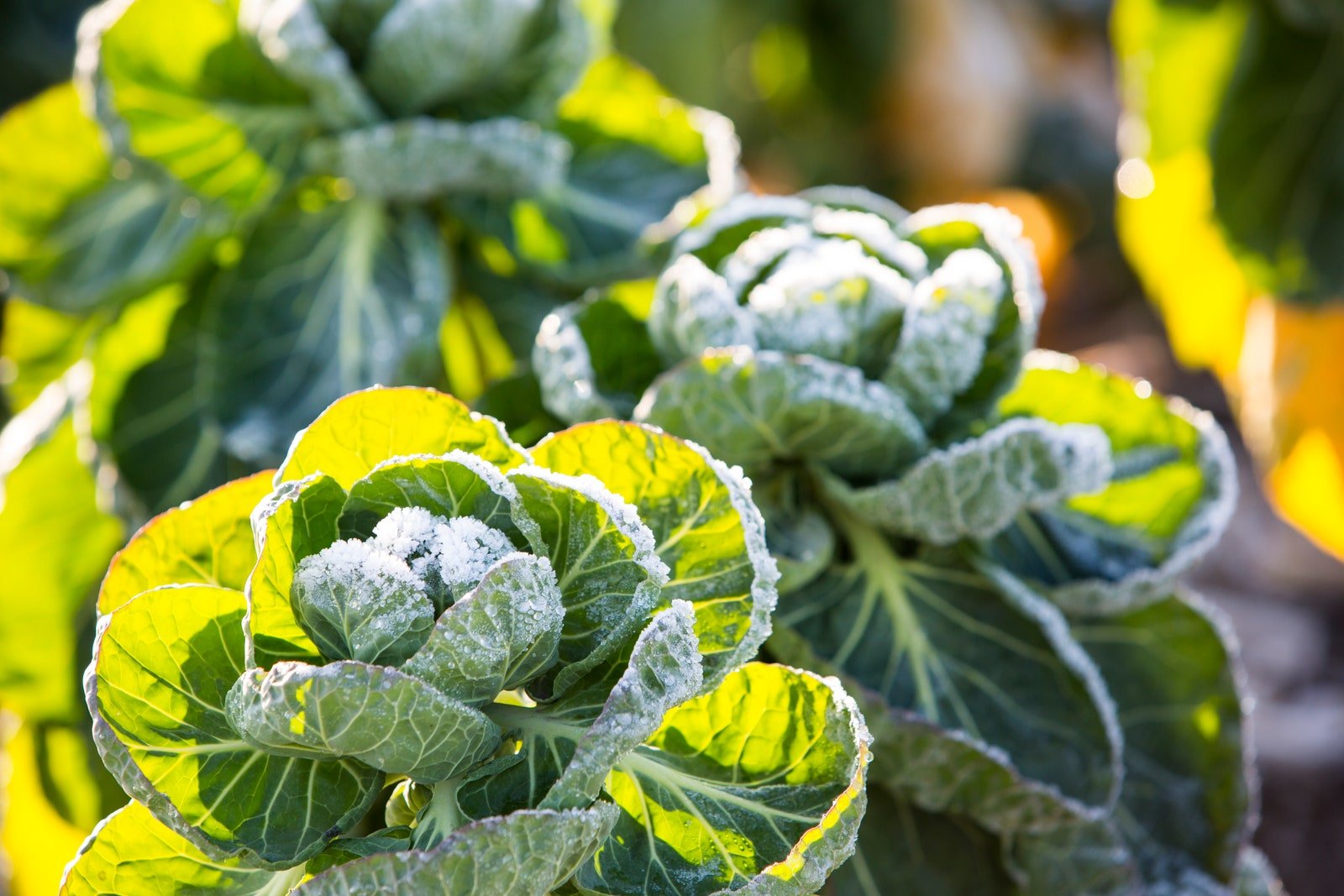Winter Gardening Tips From the Pros
In Paris, the menu at Les Résistants will soon feature the best that winter gardening has to offer: Azur Star kohlrabi ravioli with navel orange, kohlrabi kkakdugi, grilled buckwheat, Espelette pepper, and coriander confetti—made possible by a handful of passionate growers. Le Ferme des Gobettes, a farm located in Normandy, produces about 100 vegetables for Les Résistants, with no pauses on account of cold weather. “In winter, nature is resting,” Thibault Dupont, the farm’s cofounder, says, and yet there’s still plenty of plant care and cultivating to be done. We spoke to Dupont, as well as a couple of other green-thumbed professionals, to get his best tips for gardening in winter—whether you’re after a restaurant-quality meal, castle-worthy shrubs, or just a relaxing wintry pastime.
What to plant
When it comes to winter vegetables, Dupont said there are two categories: veggies planted in the spring or summer and harvested in the winter, and those that are planted and harvested in the winter. The former category includes hardy vegetables such as parsnips, turnips, radishes, celeriac, and everything in the cabbage family—red cabbage, white cabbage, kale, and brussels sprouts.
After mid-September, Dupont noted and his team don’t plant anything outside. “The work is more harvesting and protecting. For example, we put veils over the land to protect against the cold,” he said.
There’s the second category of growing that they continue planting well beyond the fall inside their greenhouse. There, you’ll find lettuce, spinach, cauliflower, endive, mesclun, arugula, and “new” onions that will be ready just in time for spring.
Mark Lamey, the head gardener at Belvoir Castle in England, holds a diploma in horticulture at the Royal Botanic Gardens, Kew, and a master’s degree in the Conservation of Historic Gardens and Cultural Landscapes from the University of Bath. Well-schooled in winter gardening, Lamey explained that there’s a huge range of plants suitable for colder weather, from bulbs to trees. Bulbs include winter aconites, Balkan anemones, and netted irises. Winter gardeners interested in shrubs might consider sweet box (a bushy evergreen shrub), witch hazel (a deciduous shrub with yellow-to-red spidery flowers), and cornelian cherry, which produces a cherry-like fruit in the summer and dainty yellow flowers toward the end of winter.






